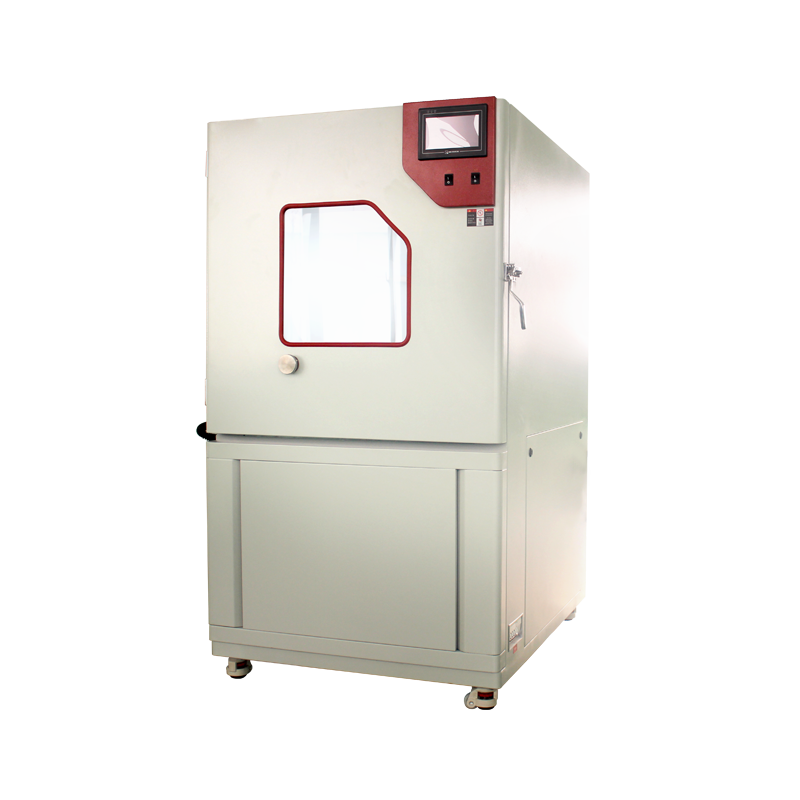A sand and dust test chamber is specialized equipment designed to simulate natural sand and dust storm conditions in a controlled environment. By regulating parameters such as dust concentration, wind speed, and temperature, it evaluates a product’s resistance to dust ingress, providing critical data for design improvements and reliability assessments under extreme climatic conditions.
With rapid advancements in modern industry and technology, durability requirements for electronics, machinery, automotive components, and other products have become increasingly stringent. Particularly in desert regions or areas prone to sandstorms, products are vulnerable to dust infiltration, leading to higher failure rates. As a result, sand and dust test chambers have become indispensable tools in product development and quality control processes.
Sand and dust test chambers are widely utilized across multiple industries, including but not limited to electronics, electrical engineering, automotive, military, aerospace, and more. Electronic products exposed to harsh environments—such as high temperatures, humidity, and sandstorms—often face risks like short circuits and corrosion. Conducting sand and dust tests helps identify potential defects early, allowing manufacturers to refine products before market release. For instance, smartphones, computers, and other electronic devices undergo such testing to ensure stable performance in specific environments, meeting user expectations.
The automotive industry also prioritizes dust resistance testing. Vehicles and their internal components are constantly exposed to dust and sand particles during operation, which can degrade performance and compromise safety over time due to abrasion and erosion. By subjecting automotive parts to sand and dust chamber tests, manufacturers can select high-quality, durable materials, enhancing overall vehicle reliability and safety.

In military and aerospace applications, operational reliability in extreme conditions is paramount. Equipment such as fighter jets, missiles, and drones must exhibit exceptional dust resistance to maintain precision and functionality during sandstorm-affected missions. Sand and dust test chambers play a crucial role in the development and validation of these systems, mitigating technical risks and ensuring national security and technological superiority.
Optimized testing protocols are integral to sand and dust chamber design. During testing, control systems precisely adjust dust concentration, airflow velocity, and temperature to replicate diverse environmental conditions. Different types of dust particles can also be selected based on specific requirements, ensuring realistic simulation of real-world impacts. This flexibility allows sand and dust test chambers to meet—and often exceed—industry standards across various sectors.
In practical applications, test results provide valuable insights for product innovation during the design phase. Through iterative validation and refinement, manufacturers can accelerate time-to-market while strengthening dust resistance to bolster brand reputation and competitiveness.
As sustainability and durability become key drivers of product development, sand and dust test chambers will continue evolving alongside new technologies, adapting to shifting market demands and supporting advancements across industries. Producing more resilient products is a shared goal, and sand and dust test chambers will remain instrumental in achieving it.
More than just a testing tool, sand and dust test chambers are catalysts for technological progress across multiple sectors. Their applications in electronics, automotive, military, aerospace, and beyond have significantly enhanced product quality and performance, meeting the growing expectations of modern consumers. Looking ahead, with the emergence of new materials and technologies, these chambers will undoubtedly expand their reach, empowering innovation across even more industries.












